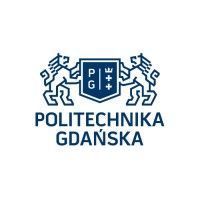The growing human population and abiotic stresses pose significant threats to food security, with PGPR favorable as biofertilizers for plant growth and stress relief. In one study, soil samples from both cultivated and uncultivated plants in various cities were used to isolate rhizobacterial populations. Using 50 soil samples from both cultivated and uncultivated plants, isolated rhizobacterial populations were screened for various biochemical changes, PGP activities and morphological characteristics. A total of 199 rhizobacteria were isolated and screened for IAA production. The strain M28 produced maximum IAA 378.44 ± 2.5 µg ml-1, M9 formed only 34.72 ± 0.15 µg ml-1. About 19% of IAA producers were isolated from Multan, 18% Lahore, 15% from soils of Faisalabad and Sheikhupura, while 7% from Gujrat. The 21 isolates were drought tolerant to -0.14Mpa, 14 of those were PSB and 15 were N fixers. In PGP traits, maximum zinc solubility was expressed by M4 as 2 ± 0.5 cm of zone. The strain M22 produced amount of HCN, 40.12 ± 0.052 ppm. All isolates showed diverse behavior in biocompatibility, motility patterns and hydrophobicity. Selected drought tolerant strains were genetically identified by ribotyping. Multitrait PGPR could be effective biofertilizers rather than with single trait. The strain M28 having highest production of IAA, was gelatinase, methyl red positive and was also capable of nitrogen fixation. Moreover, it had maximum swimming (8.9 mm) and swarming (8.7 mm) activities after 24 h, indicating its best PGP traits for future use.








